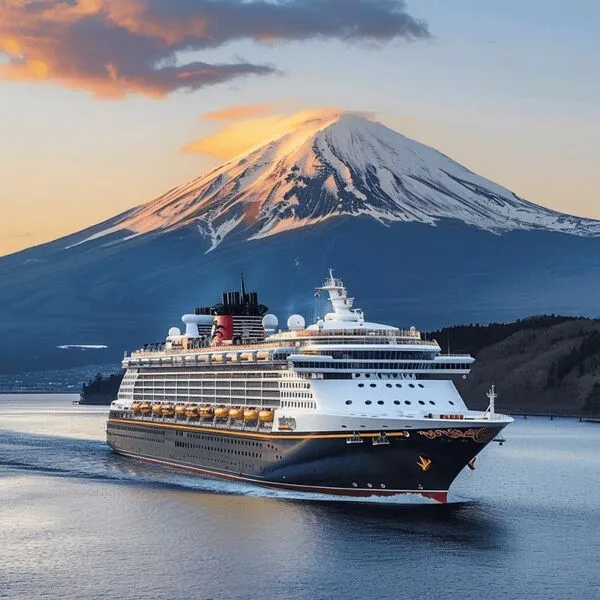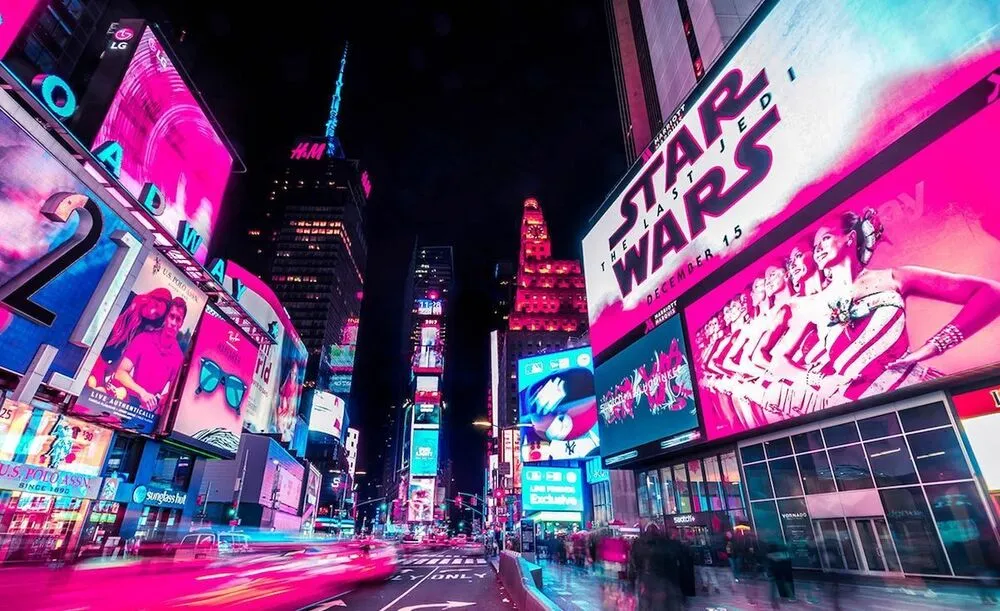Best Time to Visit Hawaii: A Month-by-Month Guide for Every Traveler
May 14, 2025
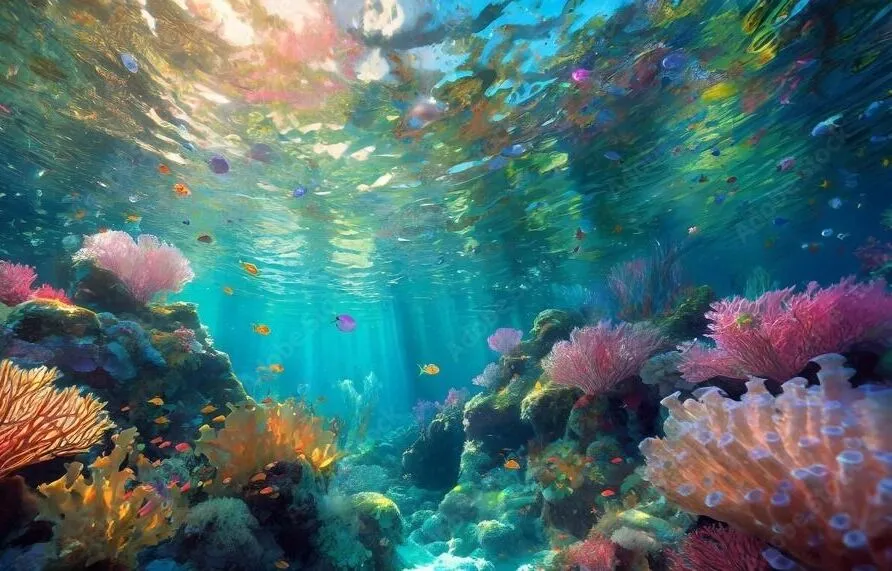
Before diving into the seasonal breakdown, it helps to understand what makes Hawaii such a dynamic destination all year long. From sun-soaked beaches to rain-kissed waterfalls, the islands offer different experiences depending on when you visit. This quick guide will help you align your travel goals. whether that means chasing waves, saving money, or avoiding crowds with the rhythms of the islands.
Plan Your Trip: Hawaii’s Best Travel Times Explained
- What to Know Before Planning Your Hawaiian Vacation
- Best Time to Visit Hawaii for Ideal Weather
- Best Time to Visit Hawaii to Avoid Crowds
- Best Time for Budget Travelers
- Best Time for Surfing Enthusiasts
- Best Time for Whale Watching
- Best Island to Visit in Hawaii for First-Time Visitors
- Month-by-Month Breakdown of Hawaii's Climate and Events
- Wrapping Up Your Perfect Hawaiian Journey
What to Know Before Planning Your Hawaiian Vacation
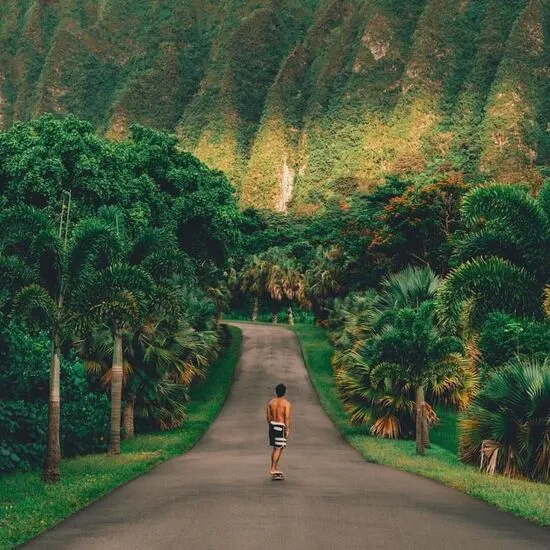
Hawaii is a destination that seems to call travelers all year round. With its stunning beaches, lush rainforests, and consistent tropical climate, many people ask the same question before booking a flight: when is the best time to visit Hawaii? The truth is, there is no single answer. The best time of year to visit Hawaii depends entirely on your priorities, whether it is weather, crowd size, budget, or specific seasonal experiences.
If you are looking for warm temperatures and clear skies, Hawaii rarely disappoints. But understanding the nuances of each island’s microclimate can help you plan the most comfortable trip possible. For example, the leeward sides of the islands are typically drier and sunnier than the windward sides. By knowing what each season brings, you can align your expectations with the type of vacation you want, from peaceful retreats to activity-filled adventures.
Travelers often base their plans around more than just the weather. Timing your trip with certain events, festivals, or wildlife activities such as whale watching or surfing can enhance your experience. In this guide, we break down the best time to visit Hawaii based on common travel goals. Whether you are trying to avoid crowds, save money, or catch the biggest waves, the timing of your trip makes all the difference.
For first-time visitors especially, choosing not just the season but also the right island can shape your entire impression of Hawaii. That is why we also explore the best island to visit in Hawaii for first time travelers. From the culture-rich vibes of Oahu to the volcanic landscapes of the Big Island, each island offers something unique.
In the following sections, we will cover the best times to visit Hawaii for weather, surfing, whale watching, and more. We will also share a month-by-month guide so you can see how the islands change throughout the year. By the end of this guide, you will know exactly when and where to go to make the most of your Hawaiian getaway.
Best Time to Visit Hawaii for Ideal Weather
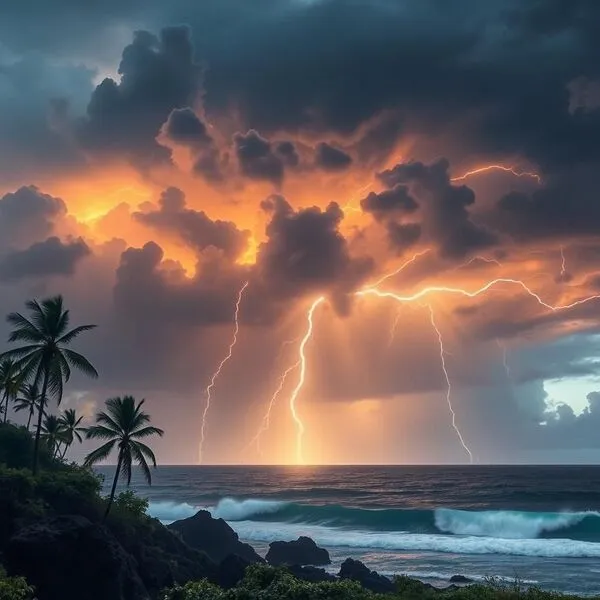
If your main goal is to enjoy the perfect blend of sunshine, gentle trade winds, and mild humidity, then the best time to visit Hawaii for ideal weather is from April through October. These months are considered the dry season across the Hawaiian islands and are especially good for beachgoers, hikers, and anyone looking to maximize outdoor time with minimal rain interruptions. Days are typically warm and sunny with average highs between 80 and 88 degrees Fahrenheit.
During this period, trade winds are steady, helping to cool the islands naturally and provide comfortable sleeping temperatures at night. Rainfall is at its lowest on most islands, particularly on the leeward sides of Oahu, Maui, and the Big Island. Whether you are snorkeling off the coast of Lanai or hiking the Na Pali Coast in Kauai, clear skies and dry trails make these months the most reliable for weather-sensitive activities.
It is important to note that while summer offers consistently good weather, it can also bring more visitors and higher prices. Planning your trip in April, May, or September often strikes the right balance between pleasant weather and manageable crowd levels. If your goal is to avoid storms and enjoy postcard-perfect conditions, these months are consistently rated as the best time of year to visit Hawaii for weather.
Best Time to Visit Hawaii to Avoid Crowds
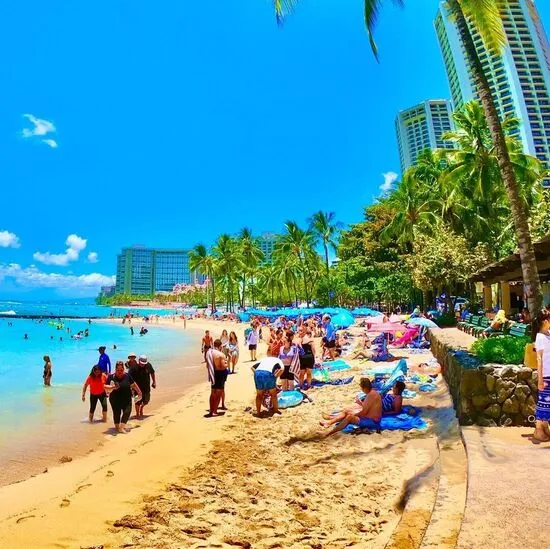
If your idea of paradise includes serene beaches and peaceful trails, then timing your trip to avoid peak tourism seasons is essential. The best time to visit Hawaii to avoid crowds is typically during the shoulder seasons, which fall in late spring and early fall. Specifically, the months of April, May, September, and early October offer fewer tourists and more relaxed vibes, making it easier to explore the islands at your own pace.
These months fall outside of major school vacation periods and holiday travel peaks, which means popular sites like Waikiki Beach, Haleakalā National Park, and the Road to Hana are less congested. Hotel rates also tend to be more reasonable during these off-peak periods, giving you more value and better availability. Whether you are heading to the Big Island or taking a day trip to Lanai, traveling outside the busy months of December through March ensures more space and a slower, more immersive experience.
While summer and winter bring larger crowds, especially around Christmas and spring break, the shoulder seasons still offer excellent weather and full access to tours, excursions, and restaurants. If your goal is to relax without the hustle of group tours or packed beaches, planning around crowd levels can be just as important as choosing the right island. Many locals also recommend visiting during these times for a more authentic and relaxed Hawaiian experience.
Best Time for Budget Travelers
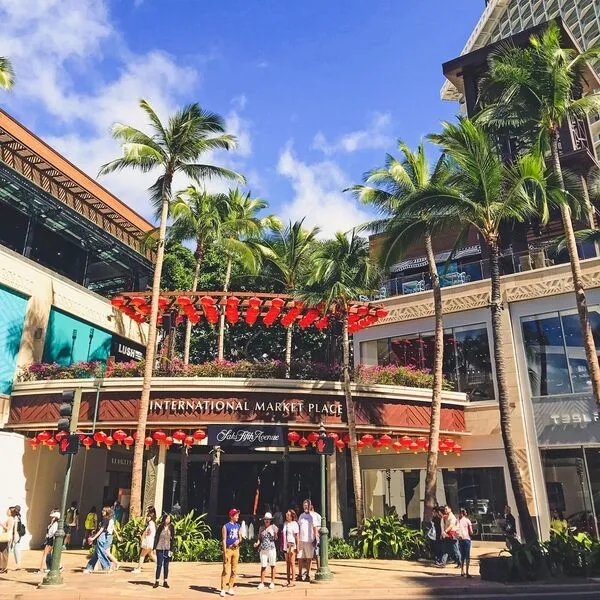
If you are looking to explore paradise without stretching your wallet, the best time to visit Hawaii for budget travelers is typically from mid-April to early June and again in September and October. These months fall between the high-demand winter and summer travel seasons, offering more affordable flights and hotel rates. You can often find great package deals and discounts during these shoulder periods, making it easier to experience the islands on a budget.
During these months, you can enjoy comfortable weather, access to popular attractions, and fewer tourists, all while keeping expenses in check. Restaurants, tour operators, and activity providers are more likely to offer seasonal promotions and last-minute savings when demand is lower. Whether you are planning a trip to Oahu or considering the best island to visit in Hawaii for first time travelers, traveling off-peak allows you to experience more without compromising quality.
Budget travelers should also consider alternative accommodations like vacation rentals or hostels and explore free or low-cost experiences such as beach days, hiking trails, farmers markets, and cultural festivals. By aligning your travel window with these quieter, more affordable months, you can still enjoy the full Hawaiian experience without the high price tag. Knowing the best time of year to visit Hawaii for value can turn a dream trip into an achievable reality.
Best Time for Surfing Enthusiasts

Hawaii is a world-renowned surfing destination, attracting beginners and pros alike with its legendary waves and diverse beach breaks. The best time to visit Hawaii for surfing enthusiasts largely depends on skill level and preferred island. For experienced surfers seeking big wave action, winter months from November through February are ideal, especially on the North Shore of Oahu where swells can reach up to 30 feet. This is when Hawaii hosts famous competitions like the Vans Triple Crown of Surfing.
For those new to the sport or looking for smaller, more manageable waves, summer is a better time to visit. From May to September, the southern shores of islands like Maui and Oahu offer gentle breaks perfect for learning and improving. These months also tend to feature calmer seas and more consistent weather, which is great for both surfers and spectators. Whether you are practicing pop-ups or riding your first green wave, summer surfing in Hawaii offers ideal conditions with less intensity.
No matter the season, choosing the right island and beach is crucial. Oahu remains a top destination due to its surf culture and accessible breaks, but Kauai and the Big Island also offer excellent spots with fewer crowds. If surfing is a central part of your trip, aligning your visit with swell patterns and seasonal conditions will ensure you get the best waves and an unforgettable experience on the water.
Best Time for Whale Watching
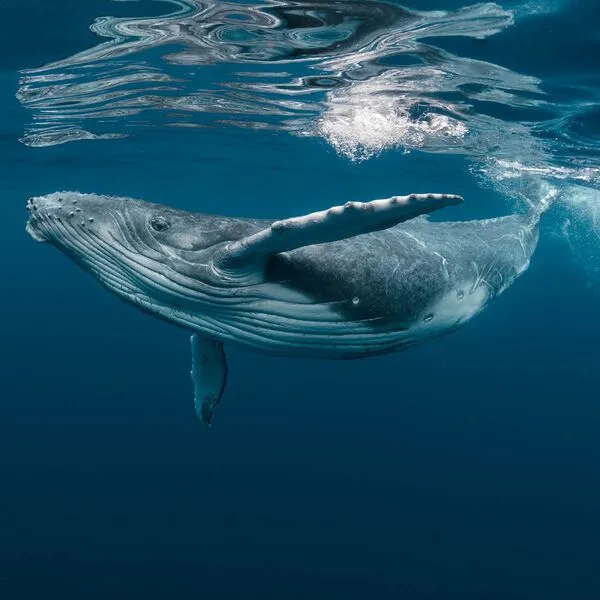
One of the most awe-inspiring reasons to visit Hawaii is the chance to witness the annual migration of humpback whales. The best time to visit Hawaii for whale watching is from mid-December through early April, when thousands of whales travel from Alaska to the warm, shallow waters surrounding the islands. During this season, the waters around Maui, particularly near Lahaina and Maalaea Bay, offer the best vantage points for sightings.
These months provide ideal conditions for observing whales as they breed, give birth, and nurse their young. You can see their massive tails, hear their haunting songs, and sometimes even watch them breach dramatically out of the water. Whale watching tours are widely available during this time and are often led by expert guides who provide insights into the behavior and biology of these majestic animals.
For nature lovers and wildlife enthusiasts, this experience is unforgettable. Choosing the right time of year to visit Hawaii for whale watching not only increases your chances of sightings but also enhances your appreciation for the island’s ecological richness. Whether from a boat, a kayak, or a shoreline lookout, encountering humpback whales in their natural habitat is a powerful reminder of why Hawaii is such a unique and magical destination.
Best Island to Visit in Hawaii for First-Time Visitors
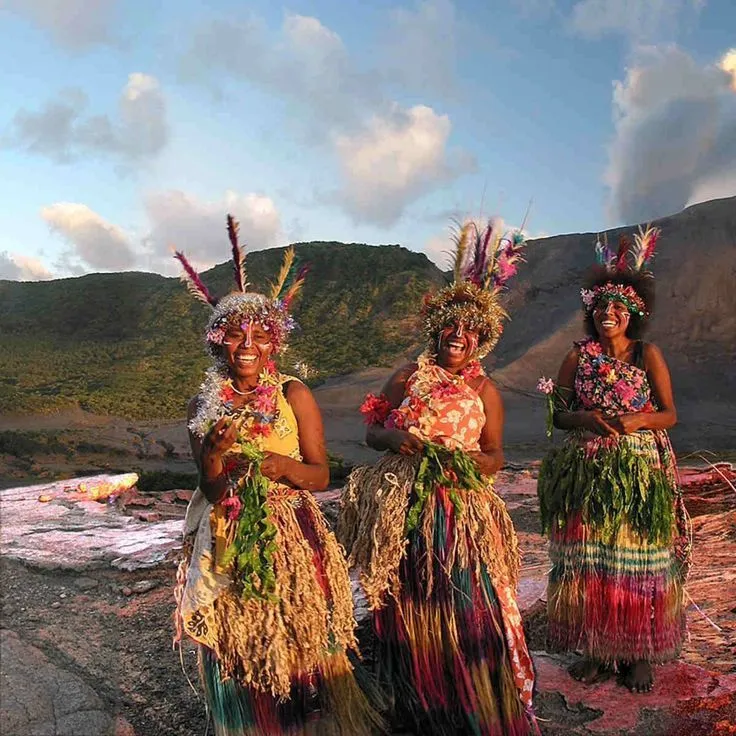
Choosing the best island to visit in Hawaii for first time travelers can feel overwhelming, but the decision largely depends on your travel goals. If you want a blend of culture, convenience, and classic Hawaiian scenery, Oahu is often the top recommendation. With famous attractions like Waikiki Beach, Pearl Harbor, and Diamond Head, Oahu offers a rich introduction to Hawaiian history, urban energy, and beachside relaxation.
For those seeking a more laid-back vibe with lush landscapes and scenic drives, Maui is another excellent choice for first-time visitors. Known for its beautiful beaches, the Hana Highway, and Haleakalā National Park, Maui provides a perfect balance between adventure and tranquility. It is especially ideal for couples and families who want diverse activities without venturing too far off the beaten path.
If you are looking for a more remote, nature-focused experience, consider Kauai or the Big Island. Kauai, the Garden Isle, offers dramatic cliffs, waterfalls, and the famous Na Pali Coast, while the Big Island features volcanic landscapes and black sand beaches. Each island has its own personality, so the best time to visit Hawaii may also depend on where you choose to start your journey. Selecting the right island sets the tone for a first visit that is both memorable and uniquely Hawaiian.
Month-by-Month Breakdown of Hawaii's Climate and Events
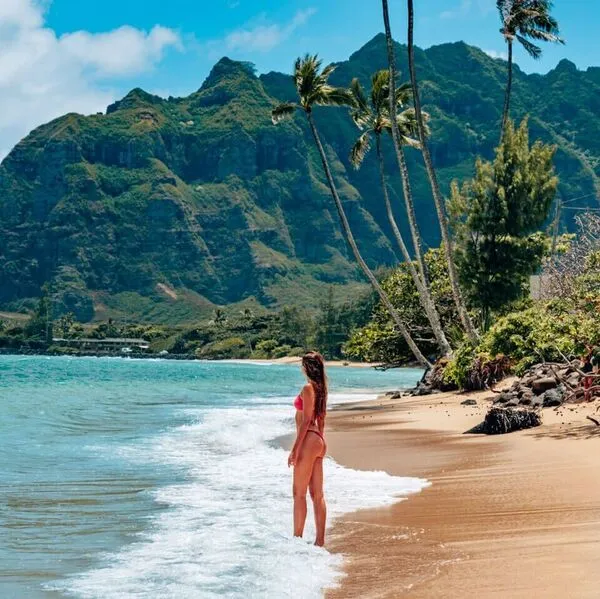
Hawaii offers a unique seasonal rhythm, and understanding how each month shapes the islands’ weather and events can help you plan the perfect trip. January and February bring cooler temperatures and high surf on the north shores, making them ideal for whale watching and big wave surfing. These months also see more rain, particularly on windward sides, but showers are typically brief and followed by sunshine.
March through May marks the transition into Hawaii’s dry season. Spring offers warm temperatures, fewer crowds, and colorful festivals such as the Merrie Monarch Hula Festival. This period is perfect for outdoor adventures like hiking and snorkeling. If you are looking for the best time to visit Hawaii for ideal weather and value, late April to early May is consistently recommended.
Summer months from June to August are warm, dry, and sunny, with temperatures peaking in the high 80s. It is a great time for family vacations, though it also brings peak tourism and higher prices. Events like King Kamehameha Day and the Ukulele Festival add to the cultural richness of the season. Be prepared for crowded beaches but also the best water conditions for swimming and kayaking.
Fall months, September through November bring slightly cooler temperatures and fewer visitors, making it a sweet spot for budget travelers. The ocean remains warm, and events such as the Aloha Festivals and Kona Coffee Cultural Festival showcase the islands’ heritage. December kicks off the winter season with holiday crowds, higher rates, and big surf. While busy, it is still one of the best times of year to visit Hawaii if you are looking to escape cold mainland weather.
Wrapping Up Your Perfect Hawaiian Journey
Choosing the best time to visit Hawaii is about aligning your trip with the experience you truly want. Whether you are chasing sunshine, surfing epic waves, or witnessing migrating whales, timing matters. The islands offer something special every month of the year, but knowing when to go allows you to avoid crowds, take advantage of lower rates, and immerse yourself in the moments that matter most. From seasoned travelers to first timers, planning ahead turns a good vacation into a great one.
If you are a budget traveler, a surfer, or a couple seeking serenity, each season opens a new chapter in Hawaii’s story. Use this guide to match your interests with the rhythms of the islands. Looking for the best time of year to visit Hawaii for weather or value can mean the difference between a crowded resort and a hidden beach. The goal is not just to visit but to feel the islands at their best, when they match your pace, your budget, and your adventure style.
It also matters where you land. Choosing the best island to visit in Hawaii for first time travelers sets the tone for everything else. Oahu delivers a mix of iconic beaches and culture, Maui adds scenic drives and resort comfort, and Kauai or the Big Island reward explorers with dramatic nature. Add in seasonal events, festivals, and conditions and you begin to see that Hawaii is not just one destination but a tapestry of experiences waiting for your perfect timing.
With the right planning and a bit of local insight, your Hawaiian vacation becomes more than a getaway. It becomes a memory anchored in sunsets, sea breezes, and warm ocean days that arrive exactly when you needed them. No matter what kind of traveler you are, there is a best time to visit Hawaii that fits your story. You just have to find it and go.

